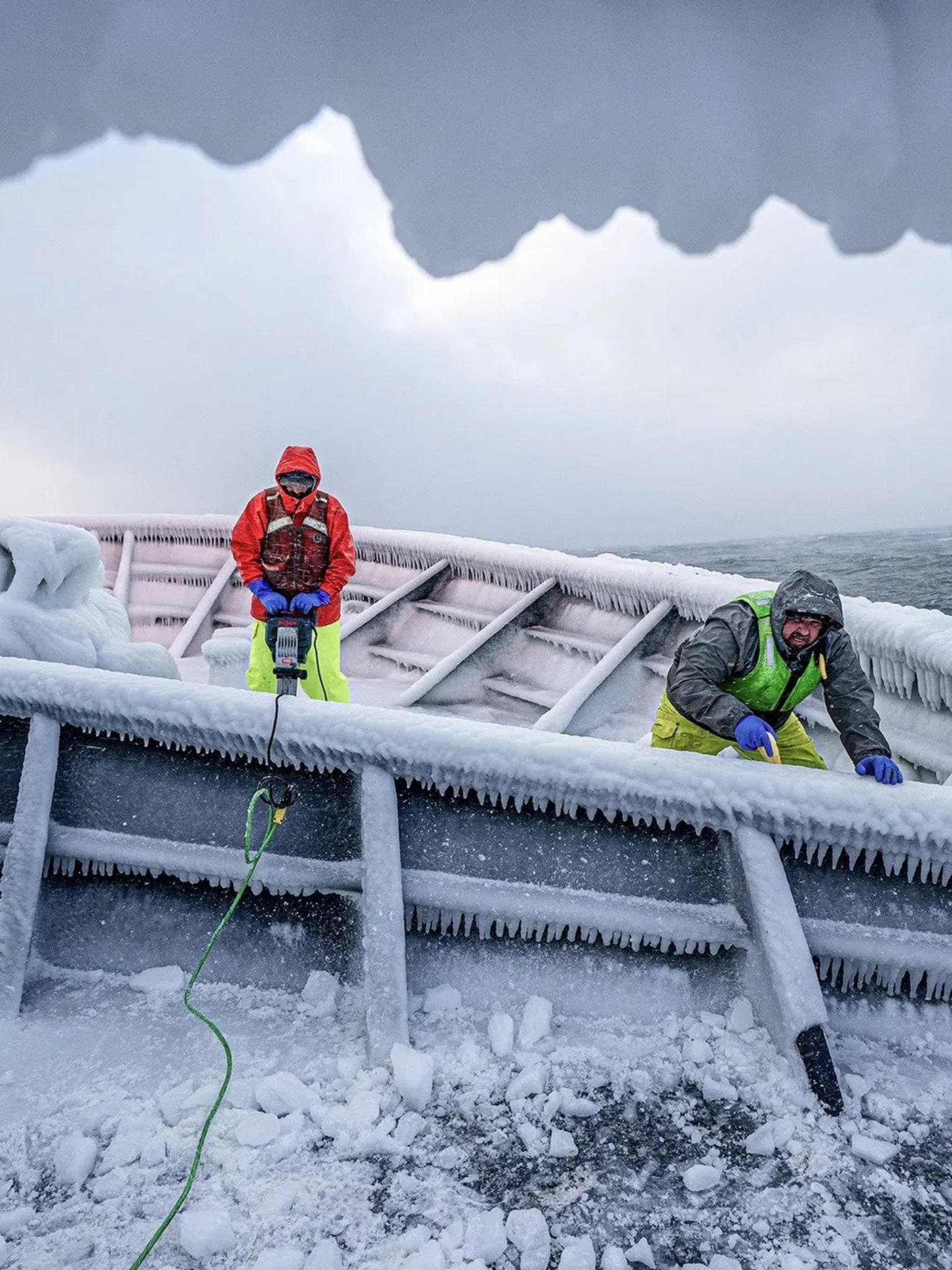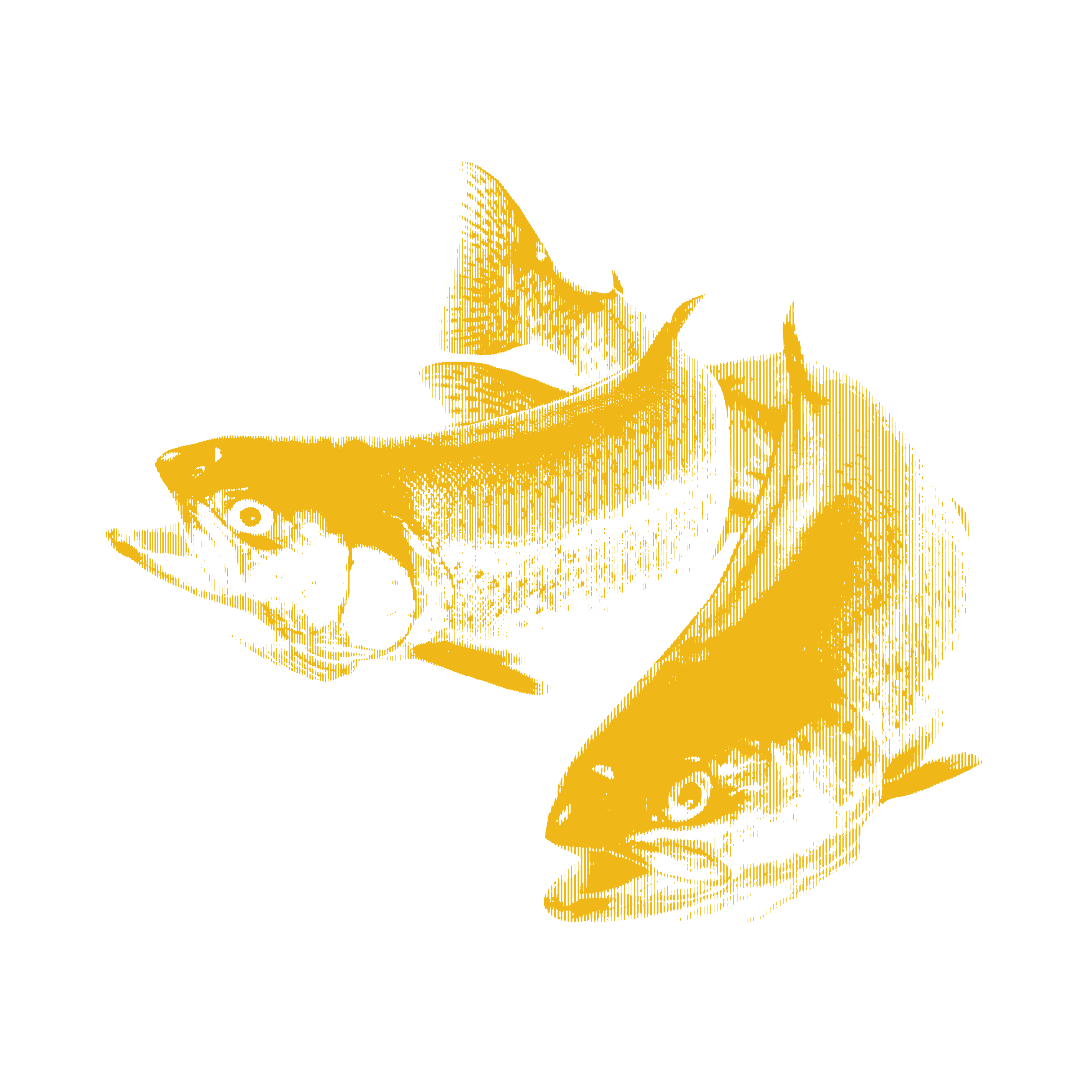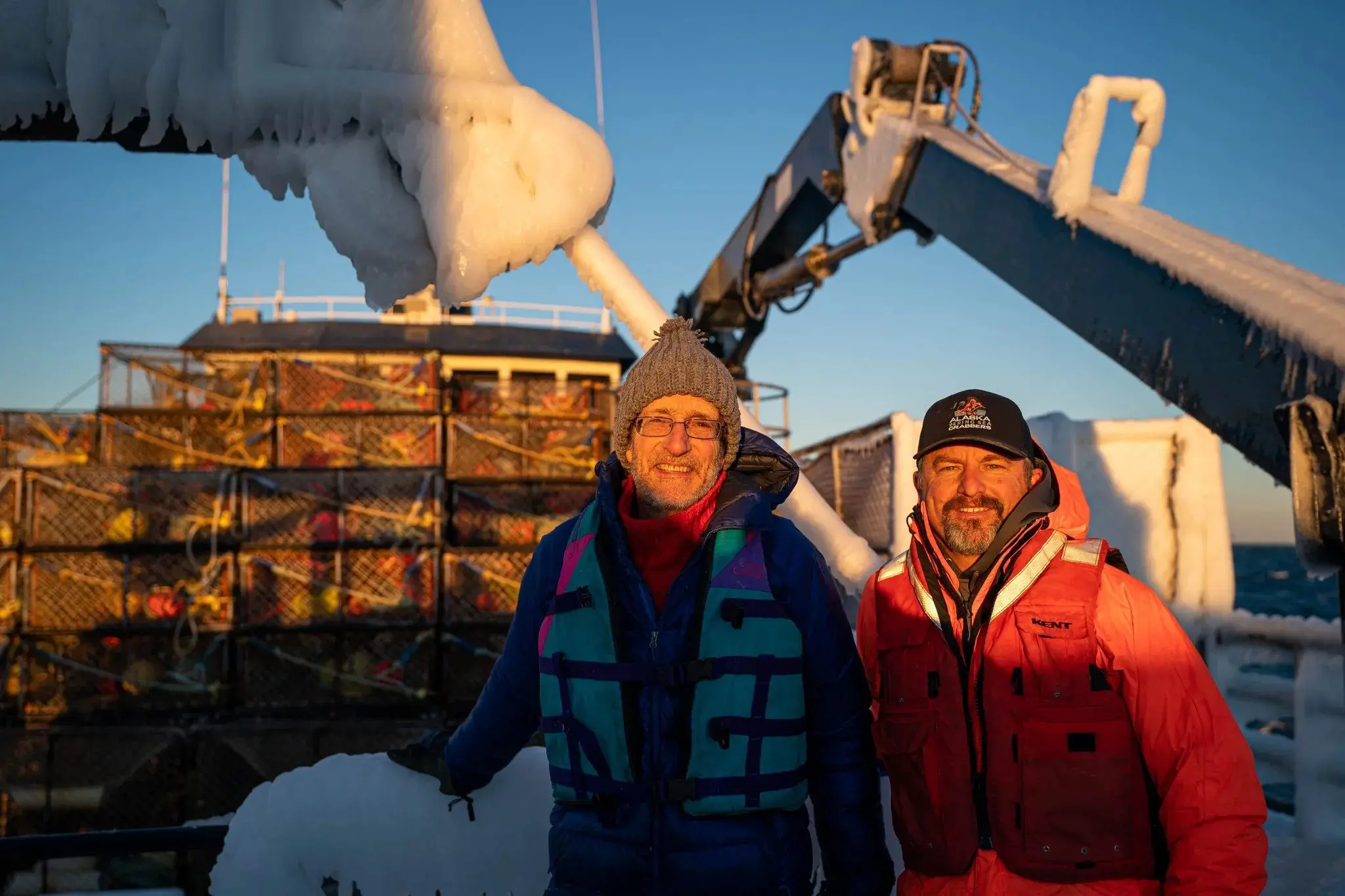
My initial entry onto the FV Pinnacle was not one to inspire confidence in the seamanship of this reporter.
In the darkness of a snowy January evening at the Aleutian Islands port of Dutch Harbor, Alaska, I slipped. For a brief moment, I hung with both arms from a crane as my feet dangled over a narrow strip of water between the dock and the boat. Then, crew member Dan Jacobson grabbed onto me and helped me aboard.
I was joining the crew of this crab boat for a harvest of Alaska snow crab, a species in precipitous decline in the aftermath of several years of extreme warming in the Bering Sea.
During the summer of 2019, in a project supported by the Pulitzer Center, I teamed up with Seattle Times photographer Steve Ringman to report from northwest Alaska on the impacts of two successive winters of greatly reduced sea ice that had sent Pacific cod and other species of the southern Bering Sea surging north amid changes in the ecosystem.
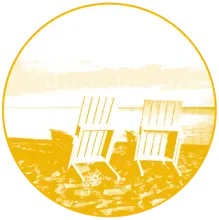
As a nonprofit journalism organization, we depend on your support to fund our nationwide Connected Coastlines climate reporting. Donate any amount today to become a Pulitzer Center Champion and receive exclusive benefits!
This year, I was fortunate to be able to partner with Anchorage Daily News photojournalist Loren Holmes, and once again get support from the Pulitzer Center, to explore what’s happening to the snow crab.
Earlier in my career, I spent 11 years at the Anchorage Daily News, where one of my beats involved coverage of the seafood industry. In 1992, while working at the paper, I first went out on a snow crab boat — the Aleutian Mariner — and I was grateful for the opportunity to return to the harvest three decades later at such a critical moment in its history.
Dutch Harbor was our rendezvous point with the Pinnacle, which the crew had brought north from Seattle.
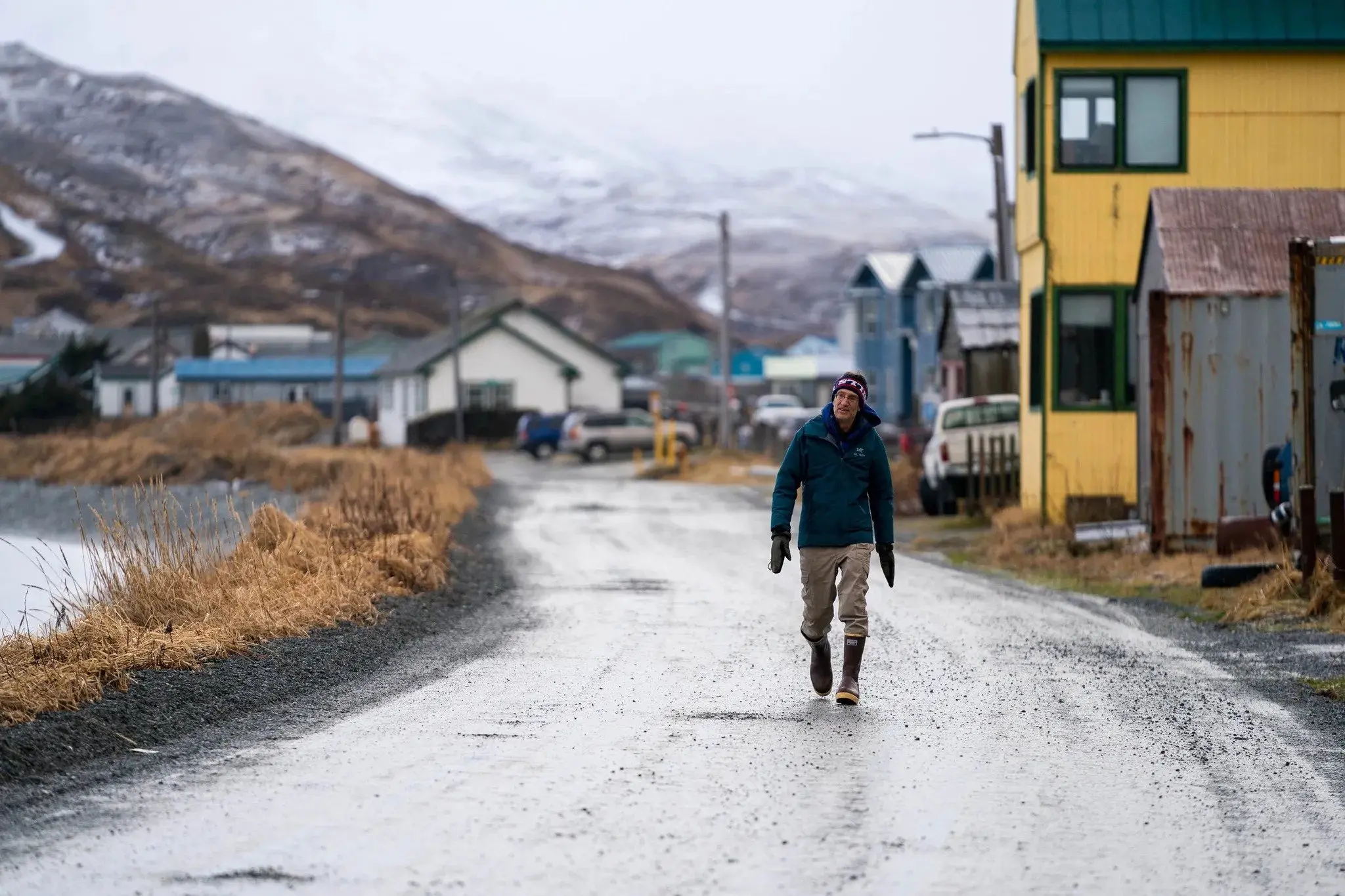
The first time we tried to fly out from Anchorage, the flight was canceled due to inclement weather. During our second attempt we flew nearly 800 miles to Dutch Harbor, only to circle overhead, then return to Anchorage due to thick, low cloud cover. On a third try, visibility remained sketchy. The wind picked up as we approached the airport, and the nose of our plane bobbed up and down. Our pilot adjusted the controls to level the aircraft, then pulled off a bouncing landing that elicited whoops of appreciation from me and other passengers for some formidable flight skills.
We spent nearly two weeks aboard the Pinnacle heading to a northern area of the Bering Sea off St. Matthew Island, where skipper Mark Casto started the harvest. The effort took longer than anticipated, reflecting both the time it took to home in on the best spots for crab and the difficult January weather, which was much colder than in 2018 and 2019.
As we traveled more than 200 miles north of the Aleutian Islands, we first encountered a few small white cubes of “cocktail“ ice, then passed through eight increasingly broader floes, with much bigger chunks.
A more robust ice year could help revive the snow crab and do good things for the Bering Sea ecosystem. But the ice also threatened to cover up some of the prime areas for crab, and the low temperatures and strong wind from the northeast whipped up freezing spray that coated some of the boat.
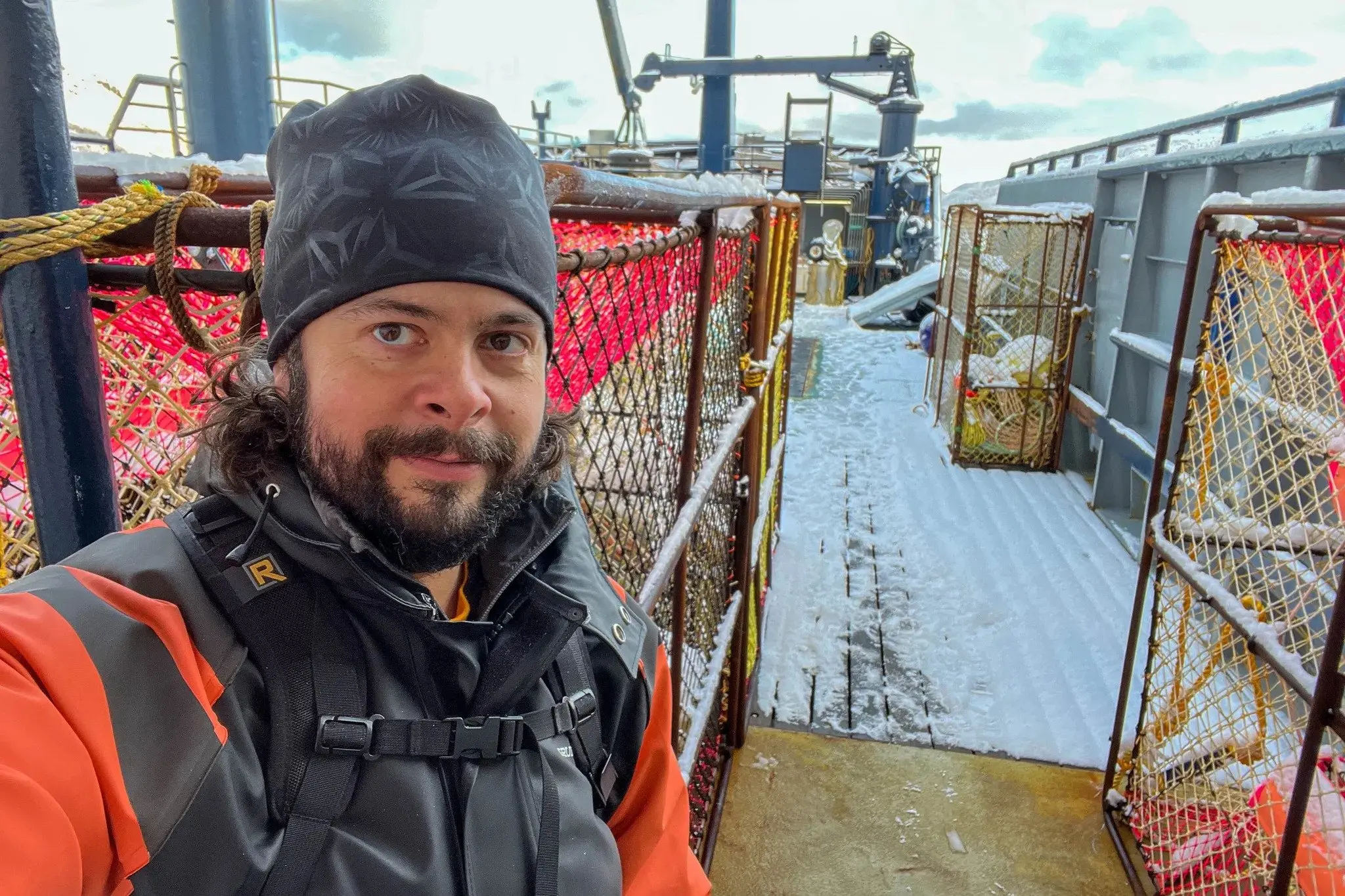
Through many years of helping to report on the Alaska fisheries, I have written, again and again, about boats that went down after accumulating too much ice and losing stability. The Pinnacle is one of the largest boats in the fleet, and Casto is a veteran skipper and a stickler for safety. Still, peering out the stern wheelhouse window and watching the waves wash across the bow could be a sobering sight.
“Hal, are you nervous? Because I’m not nervous,” Casto said at one point. “When I’m nervous, that’s when you should get nervous.”
As far as I know, that never happened, and I actually came to look forward to the periodic work to remove the ice. Loren and I could join in; shoveling or wielding a plastic-headed mallet offered a welcome change of pace from my reporting efforts.
I really appreciated Loren’s dedication to this assignment. He spent day after day photographing the harvest. He used plastic bags to protect his gear from the saltwater spray. He was also able to deploy a drone from the Pinnacle, and twice land it back on the deck — quite a feat.



